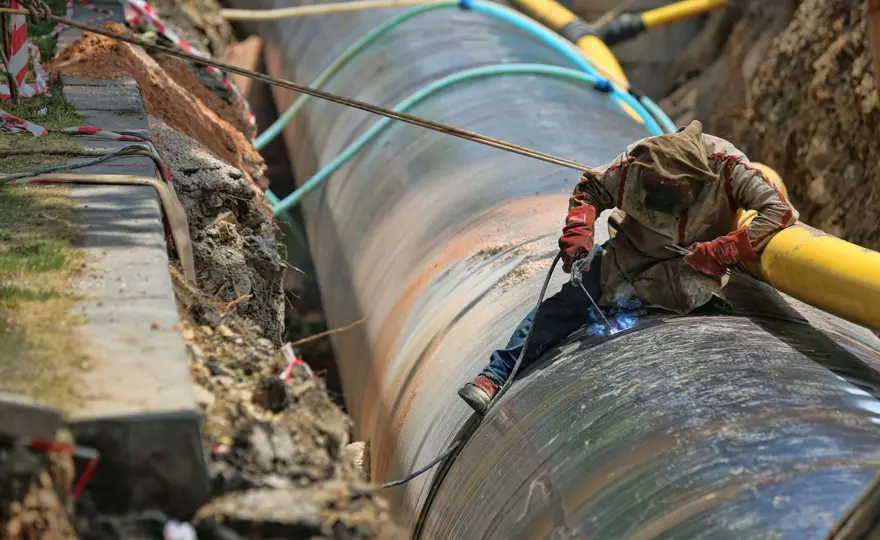ClientEarth Communications
29th November 2021


At this moment in our climate fight, it is crucial that public money is put towards sustainable ventures, not projects that worsen the climate crisis further. But the European Commission is pressing on with new guidelines that may allow governments across the EU to fund gas projects, even as more and more evidence shows us how damaging gas is to the climate.
Badly judged tax breaks, subsidies or interest-free loans granted by governments or public authorities to companies within the EU can set the climate fight back. That’s why these financial boosts – known as State Aid - need to be allocated in the right way.
But the upcoming State aid guidelines that have been proposed, branded as the Climate, Energy and Environmental Aid Guidelines, leave the door wide open for national governments to invest in gas using taxpayers’ money.
How has this happened? The draft guidelines make a distinction between “the most polluting fossil fuels” – such as coal, oil and diesel – and gas and its derivatives.
But this distinction is artificial: gas is a fossil fuel and it’s not a ‘light’ alternative to the others. Scientific studies are showing, again and again, that energy from gas can be as climate-damaging as that from coal. Methane, which is its key component, is a highly potent greenhouse gas, around 86 times worse for the climate than carbon dioxide over a 20-year period. Even the Commission itself knows that: it pledged to reduce global methane emissions, saying it “is regarded as the single most effective strategy to reduce global warming in the near term”.
Supporting gas in the State aid guidelines while recognising the damage it can cause will strongly undermine the EU’s journey to a sustainable economy.
New gases, notably hydrogen, are being marketed by the gas industry as clean, soon-to-be alternatives to gas.
But there are many shades of hydrogen, including ‘blue’ or ‘low-carbon’ hydrogen – produced by splitting natural gas at high temperatures and storing carbon dioxide – which many industries argue is the go-to quick decarbonisation solution. But blue hydrogen still releases large amounts of carbon dioxide and methane into the atmosphere. In fact, new research found that it may be worse than gas or coal.
The draft guidelines, however, put blue hydrogen and ‘green’ hydrogen – the latter produced from renewable energies, with low associated carbon emissions – on an equal footing, while their climate impact is clearly vastly different.
Ultimately, hydrogen of all kinds will also require infrastructure to be built in the short term. This may be used as an excuse to build more gas infrastructure and to continue using gas for years – which risks diverting attention and resources from genuinely clean alternatives like efficiency, wind and solar power.
While the draft guidelines outline the steps to follow before investments can be made for new gas projects, these do not go far enough to actually prevent them, as the guidelines have glaring loopholes. For instance, operators seeking subsidies for gas projects only need to pledge that it will be ‘fit for use’ for hydrogen and decarbonised gases, but that does not mean that it will ever actually be used for hydrogen.
The International Energy Agency couldn’t have been clearer: we’ll only reach climate neutrality by 2050 if we ramp up efforts to roll-out renewables and stop investing in fossil fuels. The EU cannot ignore how important public money is for climate policy. The Commission urgently needs to address the current flaws of its draft State aid guidelines – otherwise, it’s setting the EU’s green goals up for failure.